The warmth and nostalgia of a cozy, glowing hearth are hard to beat. While most of us grew up cuddled next to a wood burning fireplace, the majority of new fireplace installs are gas units.
These propane or natural gas burning units are just as effective for helping to heat your home. And now, thanks to the growing popularity of ventless fireplaces, they can be installed in rooms where wood burning fireplaces would never be an option.
But ventless fireplaces are not without their shortcomings. In fact, these units are illegal to install in two states and a number of cities.
To help you learn more about this controversial heating system, we’ll take you through a deep dive into the pros and cons of ventless gas fireplaces, what’s the difference between traditional and ventless units, and what you can do to help assure safe operation.
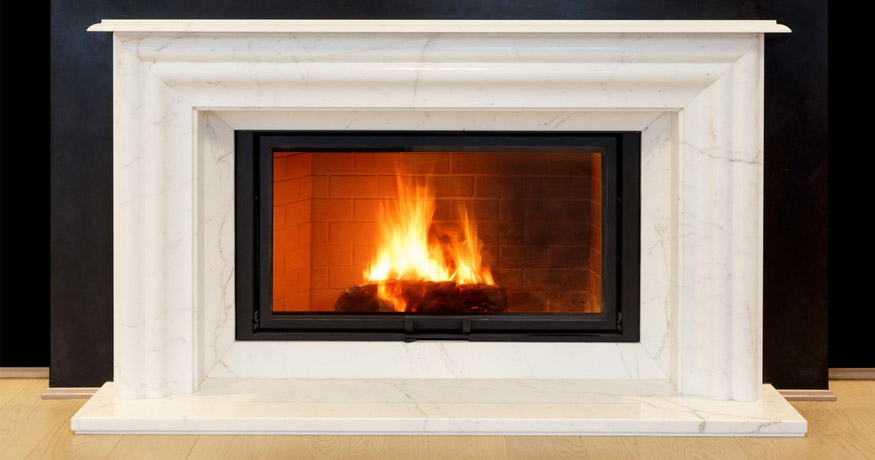
Disclosure:It is important you understand that we may receive commissions when you click our links and make purchases. However, this does not impact our reviews and comparisons. All opinions are our own we pride ourselves on keeping our articles fair and balanced. For more info see our disclosure statement.
Vented vs Ventless Gas Fireplaces – What Is The Difference?
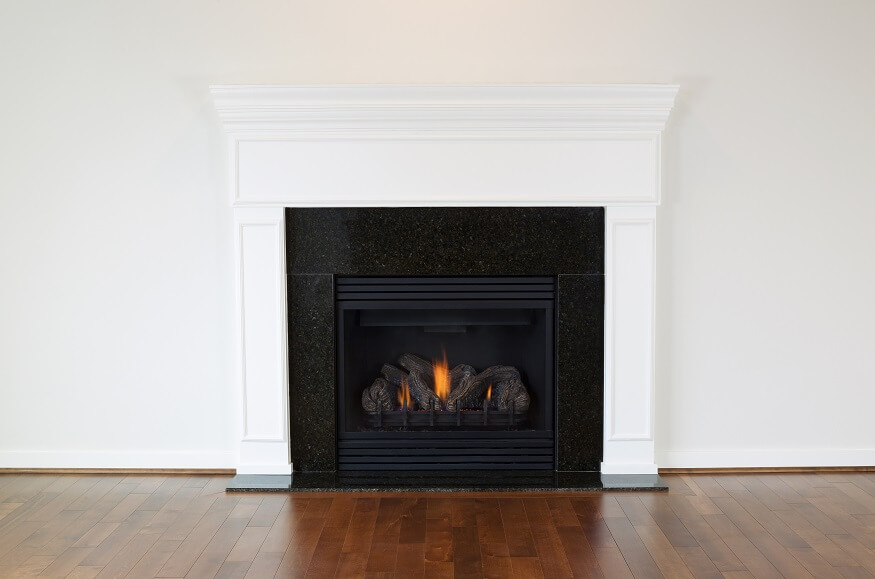
Vented fireplaces require a flue. Ventless units don’t. But what is it about the operation of these two units that make one safe to operate without ventilation while the other requires it?
Traditional Vented Gas Fireplace
Similar to your old wood burning fireplace or stove, traditional vented gas fireplaces utilize a flue that runs from the unit to the exterior of your house. The flue is necessary to bring fresh outside air down into the unit to aid in combustion and to allow an escape for gaseous byproducts of that combustion.
These units run off of propane or natural gas. Often, they are installed in the recess of an old wood burning fireplace and utilize the same chimney flue. They can be installed elsewhere, but this requires a new venting system to be installed, which can get pricey–$750 on average just for the vent work.
Vent Free Fireplace
Like traditional gas units, ventless gas fireplaces run on natural gas or propane. But these units include a special regulator that creates a unique mix of gas and indoor air to assure a clean-burning process.
These units put off so few fumes that venting to the outside is not necessary. And because they work by utilizing room air, no intake vent is needed. These units undergo rigorous tests before they hit the market to assure minimal gaseous byproducts are created and safety measures, such as low oxygen sensors, are in place to prevent problems.
More info: The Different Types of Fireplaces
What Are The Dangers of a Ventless Gas Fireplace?

Despite these rigorous tests and safety measures, there are still some inherent dangers in using a ventless gas fireplace.
Carbon Monoxide
The combustion process that creates fire relies on the use of oxygen. The reaction intakes oxygen and outputs carbon dioxide–a relatively harmless molecule that our own bodies produce as well.
When a fire burns in an enclosed space without ventilation, however, it is possible that all the oxygen will get used up by the fire. When this happens, the combustion process begins to utilize carbon dioxide in place of oxygen. This, in turn, creates carbon monoxide–a harmful, odorless gas.
Water Vapor
Another unfortunate byproduct of the combustion process is water vapor.
In traditional vented units, the excess moisture created while the fire is burning is piped out of the house through the flue. But in a ventless unit, the water vapor is pushed into the room. While this is not inherently dangerous, consistent excess moisture can lead to mold growth.
Mold growing in the home can lead to a variety of health conditions and is especially dangerous for those with respiratory problems.
Pros of a Ventless Gas Fireplace
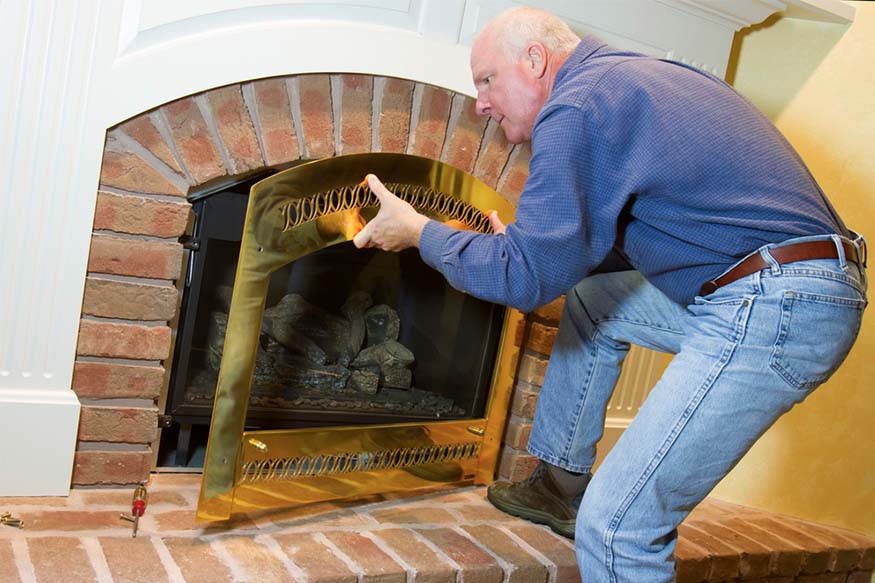
While a ventless gas fireplace does carry some risk, they also have a number of benefits over traditional units.
More Energy Efficient
Most importantly, these fireplaces are exceptionally efficient.
Traditional fireplaces pull air in from the outside, which means some of the heat they produce can combat the temperature drop caused by that cold air. Ventless units don’t have this problem. Ninety-nine percent of the energy they create goes toward warming your home.
Can be Installed Throughout the Home
Because you do not need to run any venting, you can install this fireplace just about anywhere in your home. They are the perfect choice for rooms that do not have an exterior wall as well as areas where running a flue would require building out a soffit or other complex remodeling.
Cheaper to Install
Because you do not have to hire a contractor to run venting, these units are much cheaper to install than traditional fireplaces with a flue. The units themselves also tend to be quite a bit cheaper than vented fireplaces and many don’t need to be inset into the wall.
More Info: The Best Fireplace Inserts
Cons of a Ventless Fireplace
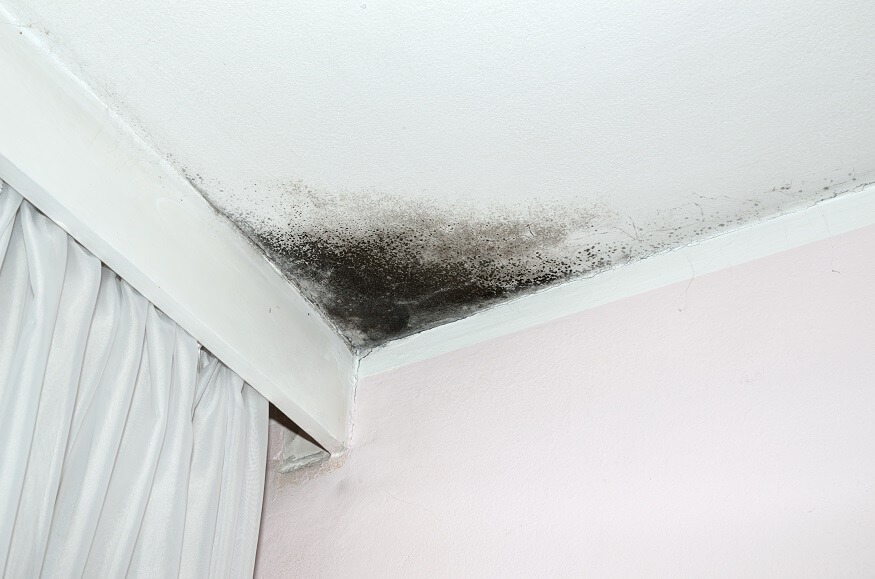
There are also some cons to consider before committing to a ventless fireplace.
May Encourage Mold Growth
As we covered above, the combustion process creates water vapor, which can greatly increase the humidity in a room without adequate ventilation. If left unvented for significant periods, this excess moisture can lead to mold growth.
Produce Some Fumes
As clean-burning as these units are, no fire can burn without creating some byproducts.
Nitrous dioxide, which can cause dizziness and headache, and carbon monoxide are the most common fumes released by these units. In large doses, both of these can be fatal. However, most newer units include safety features to prevent the buildup of these types of fumes.
Not Permitted in All Areas
Due to the potential for problems, some states have outlawed the use of ventless fireplaces completely.
In the United States, California and Massachusetts have laws against installing these types of units. The US Department of Housing and Urban Development also has rules against the use of ventless fireplaces in their complexes.
Some municipalities have their own laws on the subject, so it is always a good idea to check with your city or county before installing a new ventless fireplace.
Tips For Safely Using A Vent Free Gas Fireplace
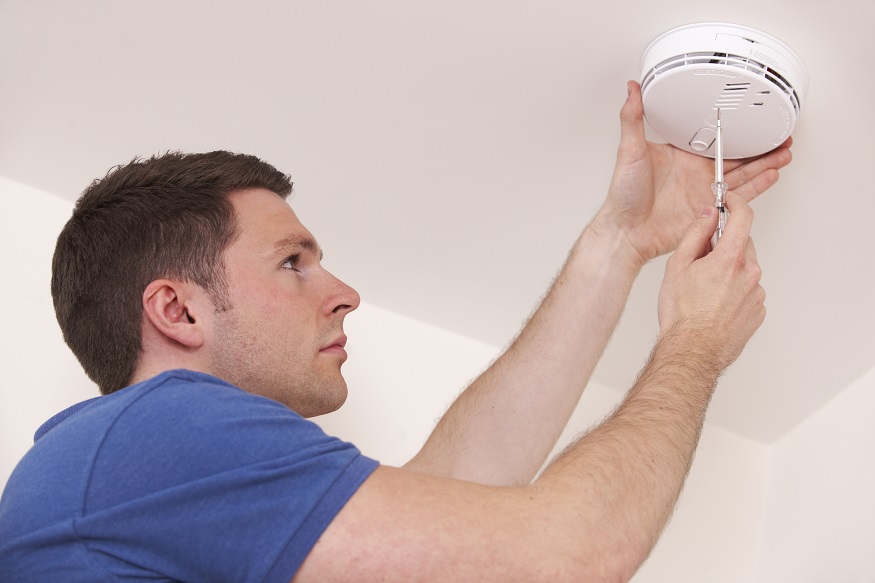
As with many appliances, you can greatly reduce the risk of using a ventless fireplace by following a few simple safety precautions.
Install Carbon Monoxide Detectors
Most new ventless fireplaces come with their own carbon monoxide detectors that will shut down the unit if too much of this harmful gas is detected. Still, it is a good idea to install your own carbon monoxide detectors in any room that contains a fireplace of any kind.
Make sure to test the detector every month and replace the batteries as required.
Have the Unit Checked Annually
In addition to carbon monoxide detectors, these units often come with additional safety measures such as low oxygen sensors and temperature shutoffs. If any of these features malfunction, it could put you and your family at risk.
To assure proper operation, it is always a good idea to have your ventless fireplace inspected by a fireplace technician in the fall before you begin using it. These professionals can also clean the unit and check gas lines to assure everything is working the way it should.
Understand Venting Requirements
While a flue may not be necessary for the safe operation of a ventless fireplace, some manufacturers do recommend you crack a window while the unit is in use. This can help prevent fumes from building up and allow the unit to burn more cleanly.
Always check your owner’s manual and follow any ventilation directions stated within. If you are running the unit in an especially small room, it is wise to crack a window regardless of what the manufacturer recommends.
Want Professional Help?
Sometimes it’s easier (and safer) to get a qualified installer to help.
Get a free quote from a local contractor here.
The Wrap Up
When used properly and maintained vigilantly, ventless gas fireplaces can be a safe and cozy addition to your home.
However, it is important to understand the pros and cons of these units and to take certain safety precautions to keep you and your family safe.
If you are unsure if a ventless fireplace is right for your home, you may want to consider some other options. Electric fireplaces bring much of the same ambiance as a gas unit without the associated risks, while electric wall heaters provide plenty of heat without the same space requirements.
Still have questions about ventless gas fireplaces? Ask us by using the comments function below.